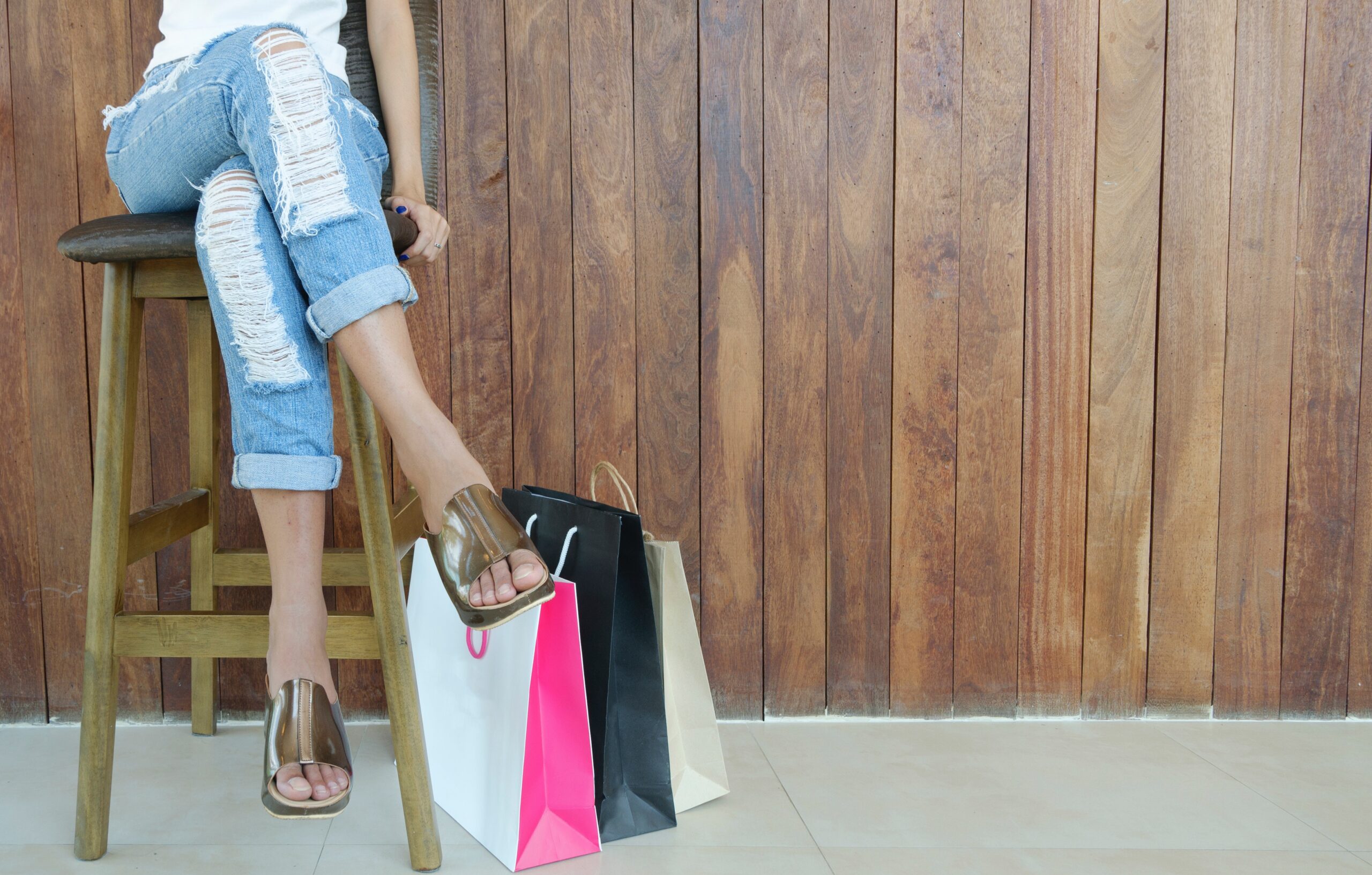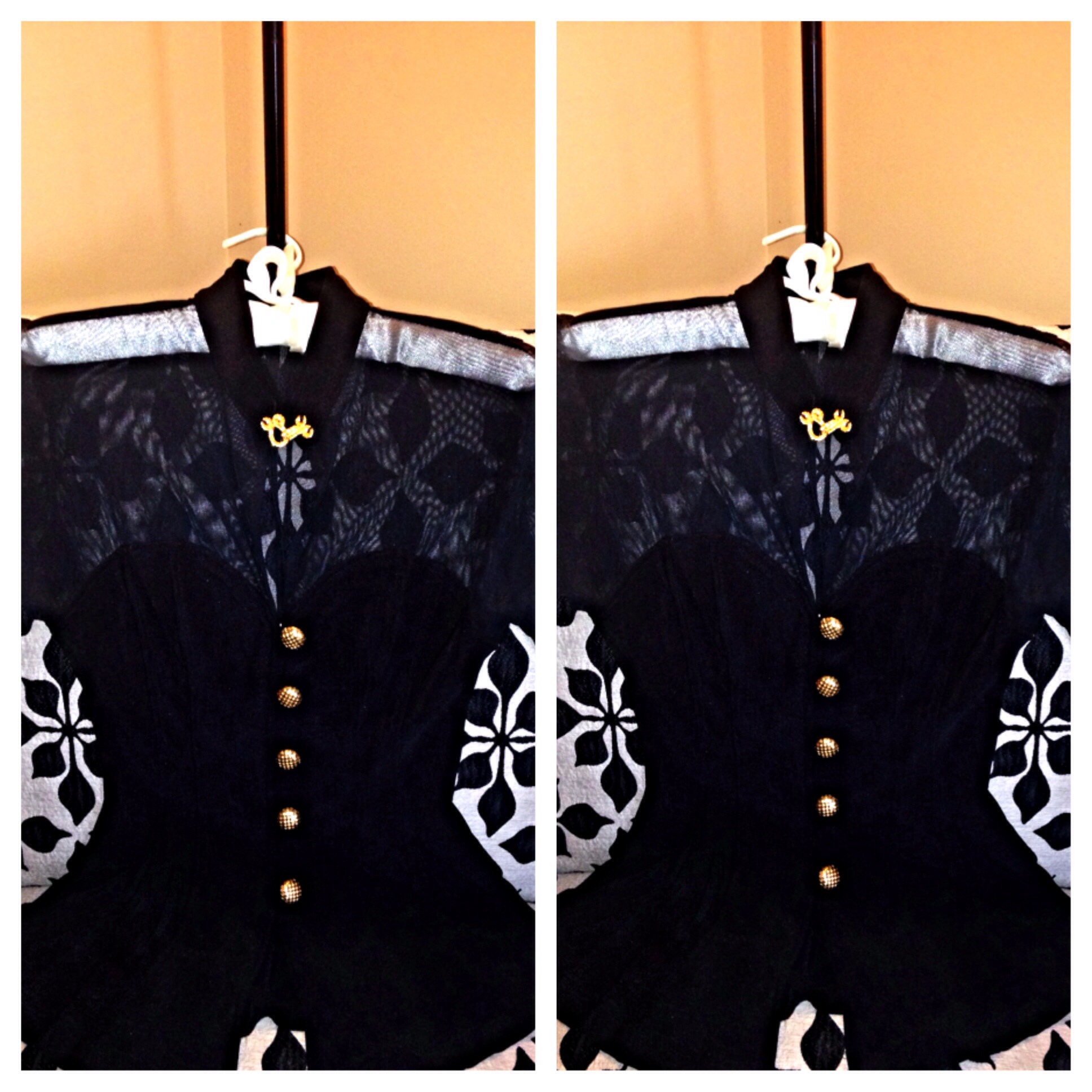Tips for Finding Clothes Cheap!
Are you looking to update your wardrobe? Maybe your current clothing choices don’t reflect who you are, or perhaps you’ve lost yourself over the years and need a revamp. You might just be in need of some seasonal staples, or be in need of some new pieces following a weight loss journey. Either way, you’ll find that buying clothes is expensive especially if you’re after a whole new wardrobe! Here are some of the ways to keep those costs down.
Photo by Porapak Apichodilok
Shop second hand
Secondhand apps like Vinted have changed the ways that many of us shop for clothing, and how we think about ‘pre-loved’ items. These platforms give you the choice of masses of different items at a fraction of their original cost which is a great way to save money as well as the environment. When it comes to things like baby clothes especially you can get some real bargains, where most people over buy items and their baby grows out of them quickly. However, there are hidden gems in all categories and you can get unique pieces and even designer labels at hugely discounted prices. If you prefer to shop in person then charity shops are another gold mine for bargains. You can find all kinds of great items especially if you check in them on a regular basis, and as a bonus the money you spend in there goes to a charitable good cause so you’re doing good while you buy.
Utilizing fast fashion in the right way
The trouble with fast fashion sites like Shein is that they’ve come under a lot of scrutiny for the environmental impact they have and that their labor can be exploitative. If you do choose to shop at fast fashion sites, be mindful of the impact that they have and try to make sustainable choices where possible. Due to the cost of living crisis, many of us are short on money, and buying essentials like clothing has become unaffordable. Cheap fast fashion sites can be useful here as they mean you can get the things you need without breaking the bank, but try to shop as responsibly as you can. If you go for versatile and timeless pieces that can be worn across seasons then you’ll get the most amount of wear from each thing you buy.
Shop the sales
Keep an eye on seasonal sales, holidays, and clearance events to snag discounts with your clothing- times like Black Friday can be a good time to refresh your wardrobe. Just be careful and avoid getting carried away and buying items solely because they’re on sale, and be wary of shops inflating prices before sales to make the discount seem bigger than it is when it comes to sale periods. Stick to your shopping list and only buy what you genuinely need or love.
Shop safely
When you’re shopping online it’s important to stay safe and protect your money. There are two common ways to pay electronically- ACH vs EFT. ACH covers different electronic transactions like direct deposits and bill payments while EFT is about transferring money between accounts, like online payments. Always make sure to use trusted websites with secure payment options like Paypal, and keep your financial information private to shop safely online too.
What are your tips for getting clothing cheap?






























You must be logged in to post a comment.